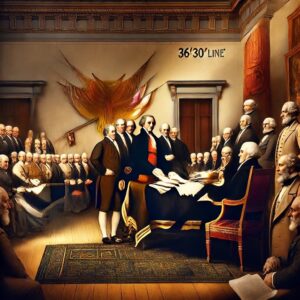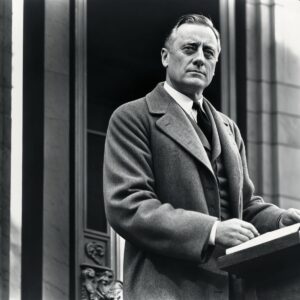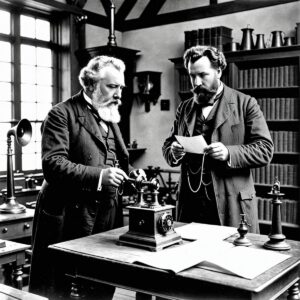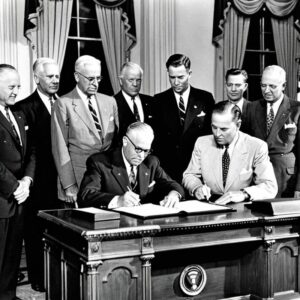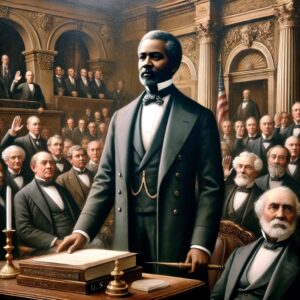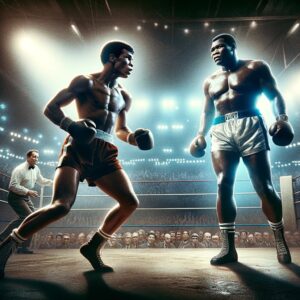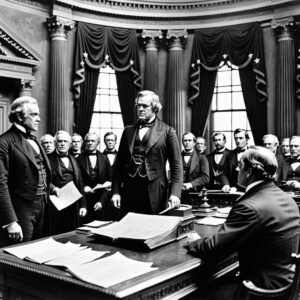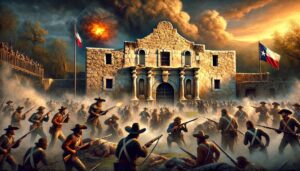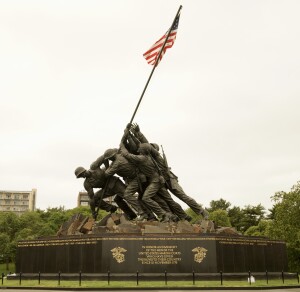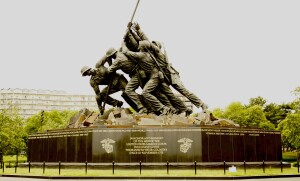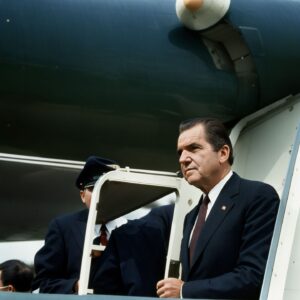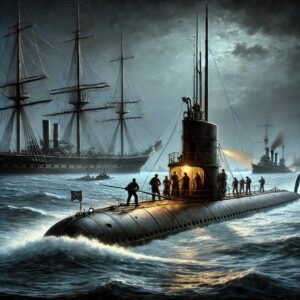In 1820, the United States faced one of its earliest and most intense debates over slavery, leading to the signing of the Missouri Compromise. This landmark legislation was an attempt to maintain a fragile balance between free and slave states, preventing sectional tensions from spiraling out of control. At the heart of the conflict was Missouri’s request for statehood as a slave state, a move that would have disrupted the delicate equilibrium between pro- and anti-slavery factions in Congress. To resolve the impasse, a compromise was brokered: Missouri would be admitted as a slave state, while Maine—previously part of Massachusetts—would enter the Union as a free state. Additionally, slavery would be prohibited in territories north of the 36°30′ latitude, except for Missouri itself.
The Missouri Compromise temporarily quelled disputes, but it was far from a permanent solution. The agreement revealed deep-seated divisions within the country, with both sides growing increasingly suspicious of each other’s motives. While some hailed the compromise as a necessary step to preserve the Union, others saw it as merely delaying an inevitable clash over slavery. Enslaved people in the South continued to suffer under an institution that was only being further entrenched by political maneuvering, while abolitionists in the North viewed the compromise as a moral failure.
Despite its short-term success in maintaining political stability, the Missouri Compromise was ultimately a band-aid on a festering wound. Over the following decades, tensions continued to rise, leading to further conflicts like the Kansas-Nebraska Act and the Dred Scott decision, which nullified the compromise altogether. The growing discord over slavery would eventually culminate in the Civil War, proving that no legislative fix could permanently suppress the moral and economic conflicts at the heart of America’s identity. The Missouri Compromise may have delayed the inevitable, but it also foreshadowed the deep divisions that would define the nation’s path to war and eventual abolition.

